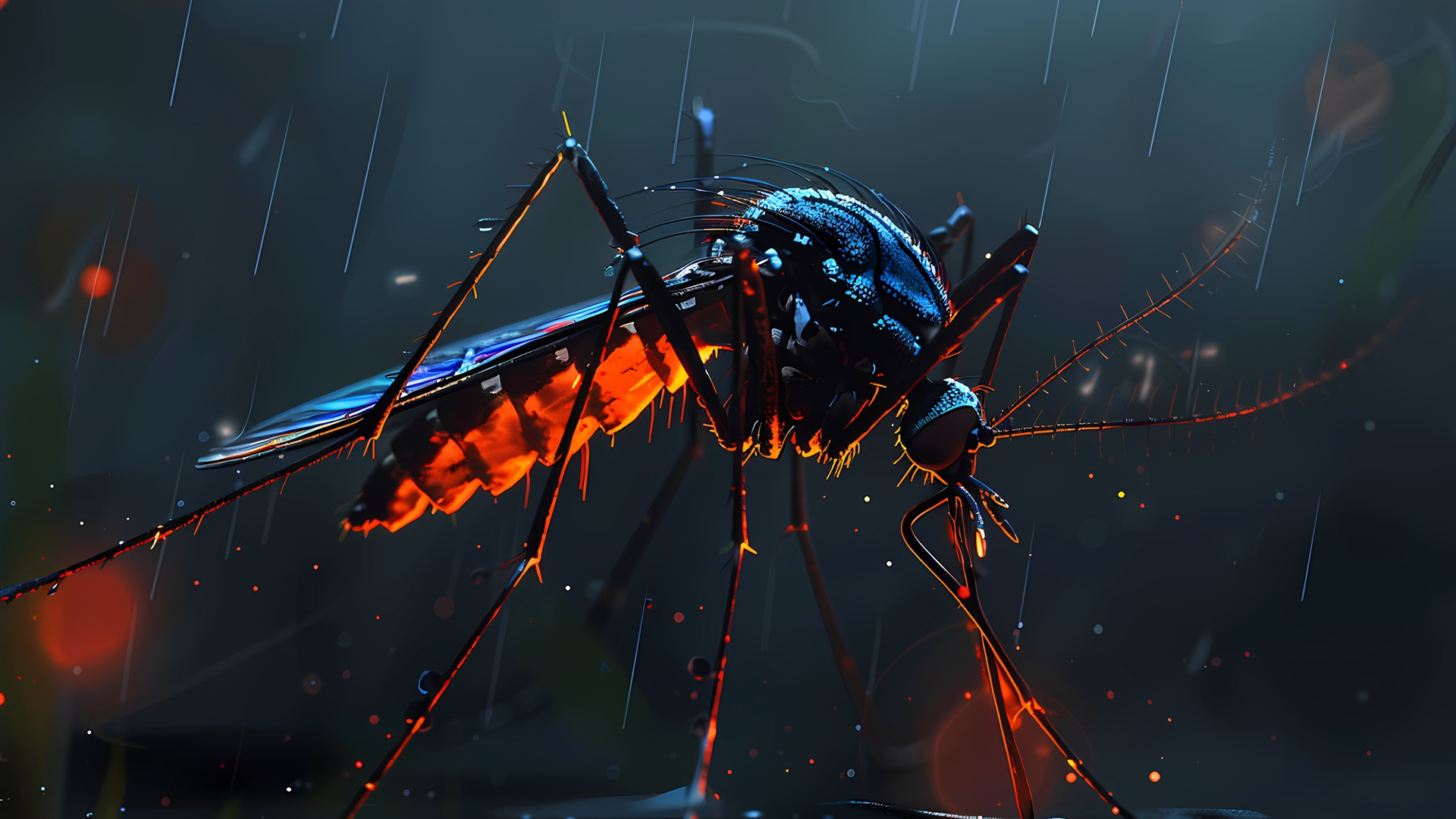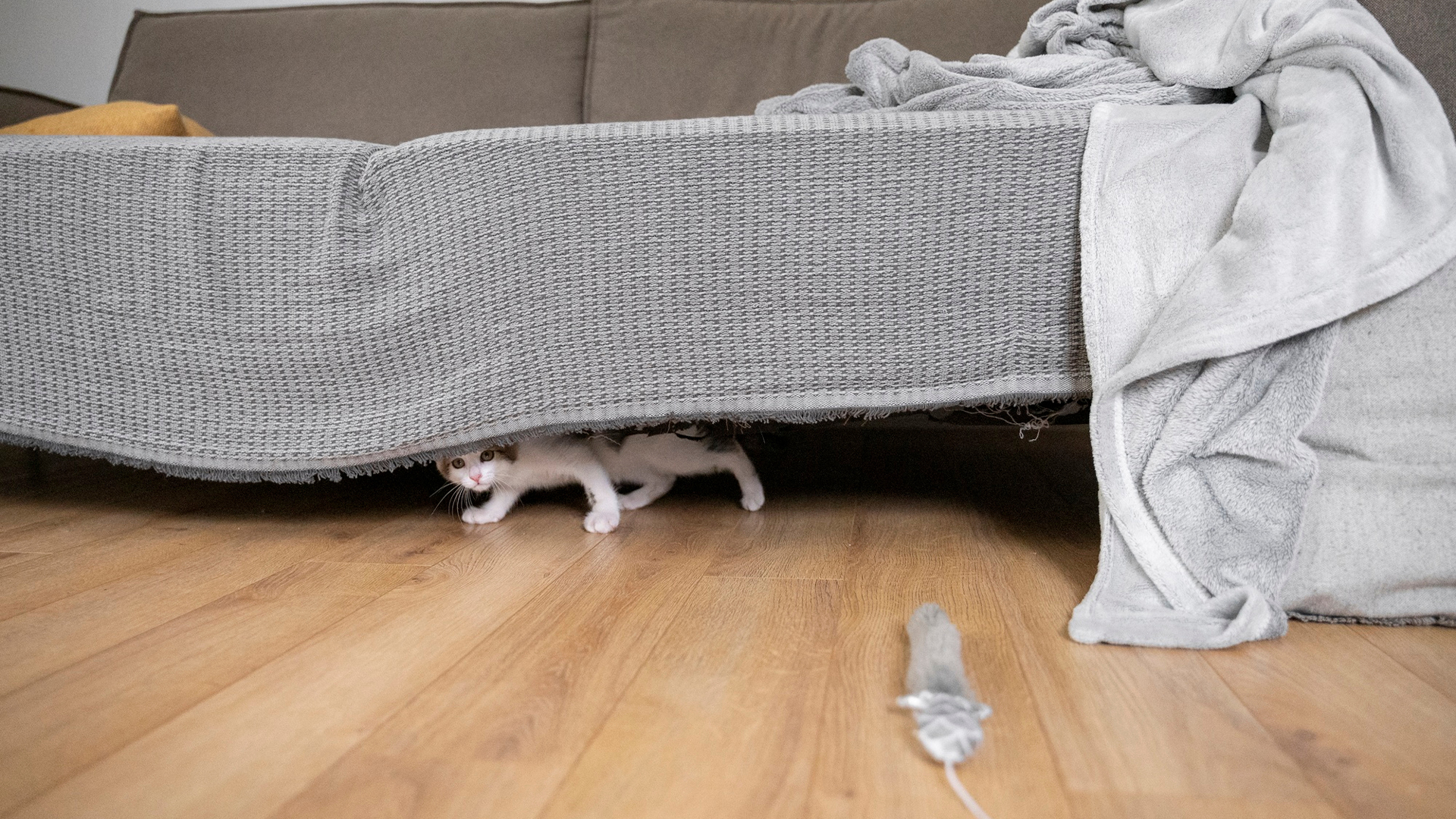Top 5 Pest Control Myths in Canada, Debunked by Experts

Top 5 Pest Control Myths in Canada, Debunked by Experts
Think Canadian winters take care of pests for you? Believe a quick spray fixes everything? You’re not alone. Myths linger on because they sound true — until mice sprint under your stove in January or bed bug signs emerge in your bedroom.
In this blog, we’ll talk about the biggest misconceptions about pest control. So, stay tuned.

Myth 1: “Canadian winters kill off pests.”
People often believe sub-zero temperatures are nature’s pest control. But here’s the truth — our winters push pests inside.
Heat, food, and moisture are three key elements for all pests. Your walls, attic, and basement count as honeypots for these creatures. For example, mice can squeeze through even a tiny gap and breed fast, even when it’s -20°C outside.
Insects are no exception. Many pests survive winter by entering outdoors or moving into buildings. Bed bugs are unaffected by cold and live wherever people do. Cockroaches hide in warm machinery, often behind refrigerators and dishwashers.
The solution:
- Block their access and reduce shelter.
- Seal exterior cracks and repair door sweeps.
- Install screens on vents and keep firewood elevated and away from walls.
- During winter, listen for scratching noises or look for sudden ant activity near plumbing.

Myth 2: “If I don’t see anything, I don’t have a pest problem.”
Many Canadian pests are experts at staying out of sight. Carpenter ants forage mostly at night. Cockroaches scatter when lights flip on. Bed bugs hide in tiny cracks. Some pests leave subtle clues long before you spot the culprit.
Signs to watch for:
- Tiny grease marks along baseboards
- Sawdust-like frass near wood trim
- Pepper-like specks on mattresses
- Discarded wings on window sills
- Musty odours in closets and kitchens
A single clue might not confirm infestation — but several together form strong evidence.
The fix:
Don’t wait for a dramatic sighting. Do a quick monthly five-minute sweep: check under sinks, behind appliances, and along foundation lines. Open the utility access panel and inspect with a flashlight.

Myth 3: “A store-bought spray will fix it.”
Sprays feel decisive — see bug, spray bug, problem solved. That easy? Not really.
Contact sprays might knock down a few visible insects, but they rarely reach the source — the nest, colony, or breeding site. Some sprays can even scatter pests, making infestations worse. Over-the-counter foggers (“bug bombs”) miss hiding spots and push pests deeper into walls.
What actually works long-term:
- Identify: Species determines the strategy.
- Eliminate conditions: Fix moisture issues, store food in sealed containers, reduce clutter, and vacuum cracks.
- Target the source: Use gels, baits, and dusts placed where pests live.
- Plan and monitor: Use sticky traps, track progress, and adjust.
- Call a pro: For colony/nest pests, kitchens with roaches, or confirmed bed bugs.

Myth 4: “Clean homes don’t get pests.”
Cleanliness helps — it reduces crumbs and clutter — but pests aren’t just after mess. They seek warmth, water, and access.
Even spotless condos in Toronto or Vancouver get bed bugs from travel or shared walls. Carpenter ants target damp wood from leaks. Mice slip through tiny utility gaps you can’t even see.
Outside matters too. Mulch piled against siding, shrubs touching the house, or clogged gutters create moisture and hidden highways. A clean kitchen won’t offset a rotting sill plate or torn foundation vent.
The fix:
- Maintain a six-inch gap between soil or mulch and siding.
- Trim vegetation back.
- Fix leaks immediately.
- Add door sweeps to garage and patio doors.
- If you share walls, place monitoring traps near baseboards and utility lines.

Myth 5: “Poison is the best way to get rid of rodents.”
Bait has its place, but it’s not the ultimate solution.
Here’s what often happens: rodents feed, retreat into walls, and die there — causing odour problems. Misused rodenticides can also poison pets, wildlife, and owls. Surviving rodents may even learn to avoid bait.
The better approach:
- Exclusion: Close every entry point so new mice can’t enter.
- Trapping: Use traps to quickly remove animals and confirm success.
- Bait safely: If necessary, confine bait in tamper-proof stations, placed by a licensed professional.
Maintenance steps:
- Plug utility openings with steel wool and caulk.
- Repair door gaps and cap chimneys if needed.
- Inside, set traps along runways and behind appliances.
- Keep food sealed and garbage covered.
Prevention — identifying, blocking, reducing, and monitoring — saves time, money, and stress.

Need Expert Help?
We can always help you with your pest problems. Just give us a call — we’ll get back to you in no time.
You’ll receive a complete consultation and personalized solutions tailored to your needs.

